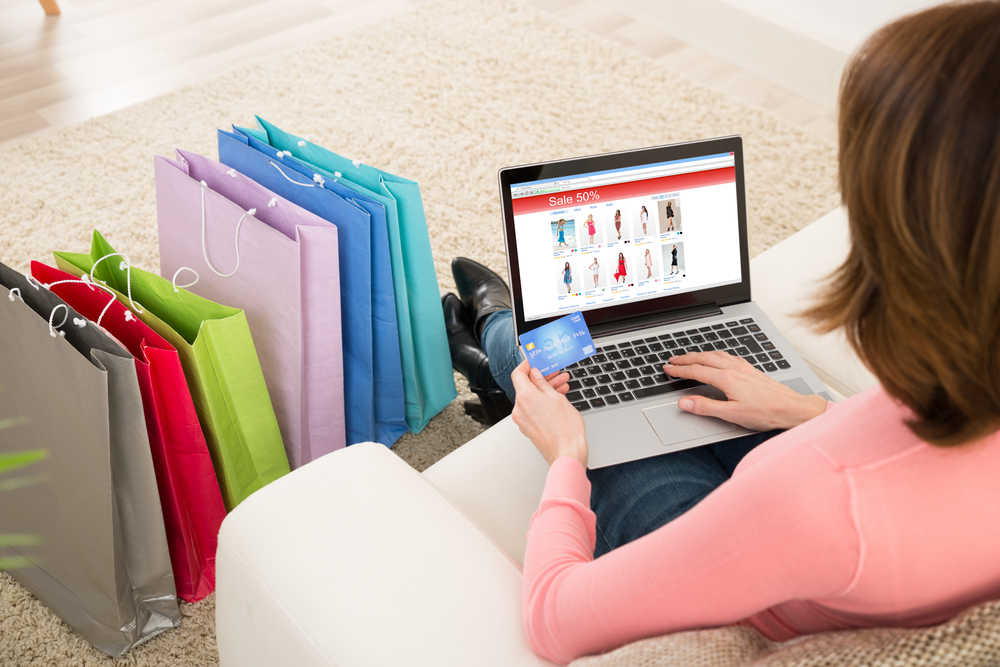Selling to international customers? How to cross borders with PayTabs

With the advent of internet and eCommerce, selling in your backyard is equated with selling in another country. The medium of sale is the same – your website. But then comes the actual legwork of ensuring your product reaches its customer and the money reaches your bank account. There are a lot of minor but significant factors at play here. Marketing, packaging, currency conversion, shipping, taxes, local duties and more make a small business wonder if they are really capable of taking on the complex world of export trade.
Depending on what you are selling, you’ll need partners in each of these spheres who can support you when you start (when the business may not be much but you’ll need the same degree of professional support) and continue supporting you when your business expands and you need high-tech support points.
If you are thinking of taking your products to international shores, here are a few things to keep in mind before you cross borders
- Identify markets for your products
Though you may already have a rough idea of where to start, it is always good to back business decisions with data. Where possible, find out about competitors selling in the market and what their on-ground sales have been like. This allows you to make a fair projection of what your sales can be. Now you’ll be able to prioritise markets where you need to enter first based on the expected sales volume.
A successful initial entry matters a lot. It gives you the confidence to push forward and also helps convincing future clients that you sell quality products that are accepted in multiple countries.
For example, the food import laws in several countries are quite stringent. You’ll not only need FDA clearances but also ensure your packaging has all the relevant information that is mandatory for the particular country. During your application, you may even have to specifically mention countries where the particular item has been refused entry.
- Identify a local distribution partner / retailer
Many start-ups may not have the means to set up a local office unless the conditions are proven viable. For initial market entry, it is best to go with a local distribution partner. These channel partners should be experienced personnel who can give you a taste of what your future sales can look like. They can also be your resource who can provide intelligence on how to tweak things and make it work.
- Understand generic laws and tax laws in each country related to products shipped from your country
Even if your product is sold in a particular international market, there may be specific laws applied to products that are shipped from your country. This may include but not limit to taxes, duties and other general laws on quality and quantity.
- Identify a shipping partner
Shipping is a biggie. First, you need to get the packaging right which is acceptable to the country you are shipping to. Second, you need someone who has a reputation for timely delivery. Third, you need to work with someone who can initially deliver small quantities and then grow with you to deliver bigger shipments when your market expands. Lastly, shipping costs can eat into your profits, so you’ll need to calculate the shipping partner who provides all of the above at good rates.
- Identify a payment partner
After all the groundwork, you’ll need to guide your hard earned money to reach your bank account. For this you’ll first have to ensure that the payment service provider works with multiple countries and currencies, intuitively adds in the most popular wallets in the country, provides easy APIs and makes transfer easy and allows invoicing even if you are on the go. A tall wish list but entirely possible. Sign up for a free demo account here.
There are many things about international sales and export trade that one can learn only from experience. Success isn’t final and failure isn’t fatal if you have an experienced partner to support your journey.


